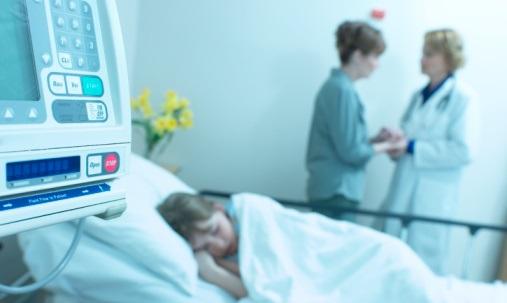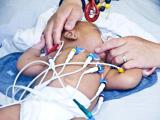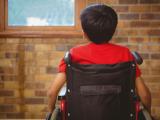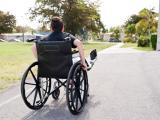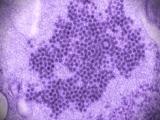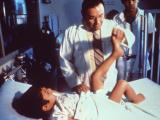California researchers have reported an unexplained polio-like illness that struck five children in the state and left them with poor limb function, the American Academy of Neurology (AAN) reported yesterday.
Two of the children tested positive for enterovirus 68 (EV-68), a rare virus that has sometimes been linked to polio-like symptoms, but no cause was found in the other three children, the AAN said in a press release.
The cases are described in a report that will be presented at the AAN's annual meeting, scheduled Apr 26 to May 3 in Philadelphia.
"In the past decade, newly identified strains of enterovirus have been linked to polio-like outbreaks among children in Asia and Australia. These five new cases highlight the possibility of an emerging infectious polio-like syndrome in California," said Keith Van Haren, MD, lead author of the case report, in the release.
Van Haren said he and his colleagues noticed several of these cases at their medical centers and decided to look for similar cases statewide. They reviewed all polio-like cases among children who had samples referred to California's Neurologic and Surveillance Testing program from August 2012 to July 2013.
Cases were included in the study if the children had paralysis in one or more limbs with abnormal MRI scans of the spinal cord that explained the paralysis. They excluded children who met criteria for Guillain-Barre syndrome and botulism, which can cause similar symptoms.
The five children experienced paralysis of one or more arms or legs that began suddenly and reached peak severity within 2 days of onset. Three of the children had a respiratory illness before the symptoms began. All of the children had been previously vaccinated against poliovirus.
Despite treatment, the children's symptoms did not improve, and they still had poor limb function after 6 months, the AAN said. Two of them tested positive for EV-68.
"Our findings have important implications for disease surveillance, testing and treatment," said Van Haren. "We would like to stress that this syndrome appears to be very, very rare. Any time a parent sees symptoms of paralysis in a child, the child should be seen by a doctor right away."
Acute flaccid paralysis and enteroviruses
The California Department of Public Health (CDPH) also took note of polio-like illnesses in the state last year, according to a health advisory that was issued by San Joaquin County Public Health Services in July 2013. The notice said the CDPH had been following several unexplained cases of acute flaccid paralysis (AFP) since August 2012.
"In some instances, there have been long-term disabilities ranging from complete paralysis of one limb to complete paralysis of all four limbs," the advisory said. "No single etiology has been found in these cases." The notice encouraged healthcare providers to report such cases to the CDPH.
Non-polio enteroviruses are very common and cause an estimated 10 million to 15 million infections per year in the United States, mostly in children and teens, according to the Centers for Disease Control and Prevention (CDC). Most people who become infected don't get sick or have only a mild respiratory illness, but the viruses can cause severe complications such as myocarditis, encephalitis, or paralysis in rare cases.
In 2011 the CDC reported on six clusters of respiratory illnesses caused by EV-68 in the preceding 3 years, including three in the United States. Most of the cases were mild, but three deaths were reported in the Philippines and Japan.
See also:
Feb 23 AAN press release
Jul 25, 2013, San Joaquin County health advisory on AFP cases
Sep 29, 2011, CIDRAP News item on EV-68 case clusters
Sep 30, 2011, CDC report on EV-68 case clusters
CDC overview of non-polio enteroviruses
